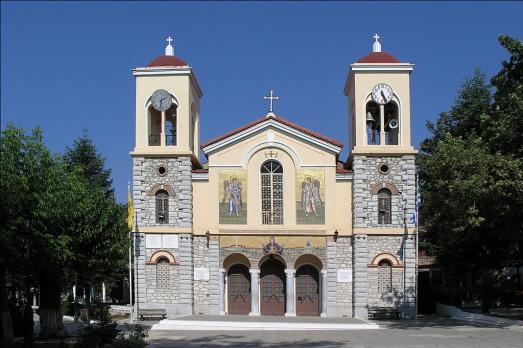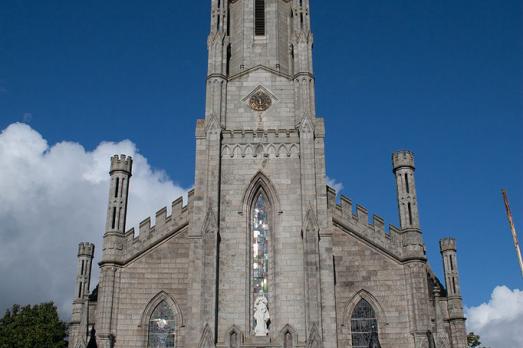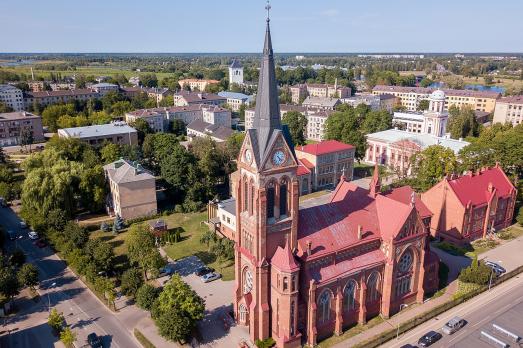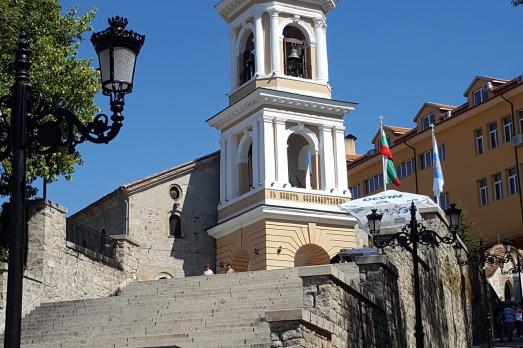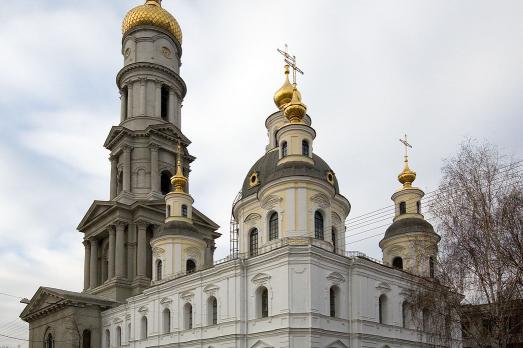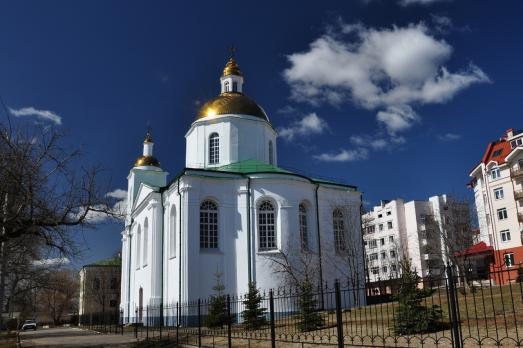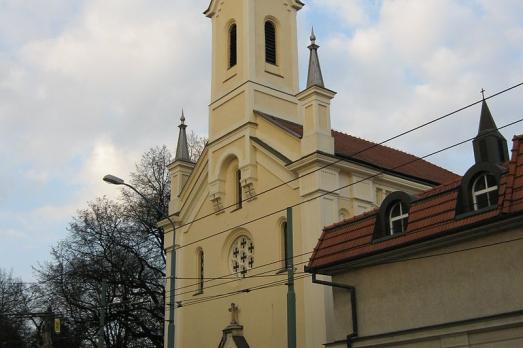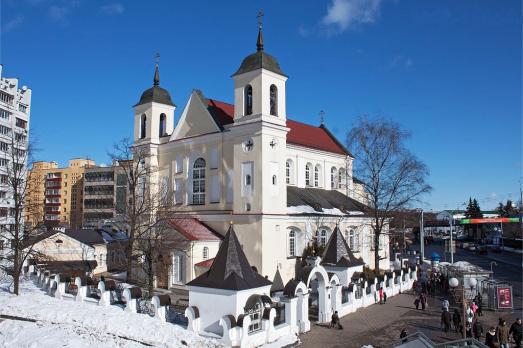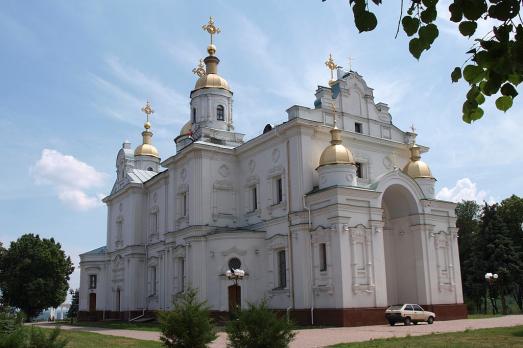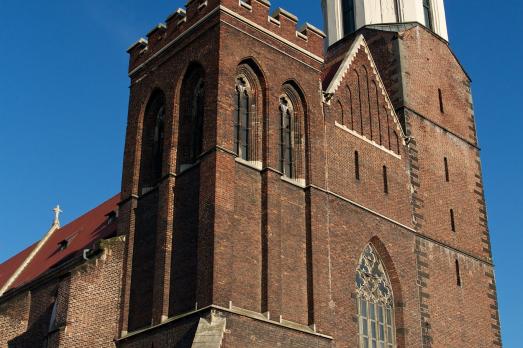
Cathedral of the Assumption of the Virgin Mary
Opava, CZ
The Cathedral of the Assumption of the Virgin Mary was built in the 14th century in Gothic style on the site of an old Romanesque building from the early 13th century. In 1995, the church was declared a national cultural monument.
